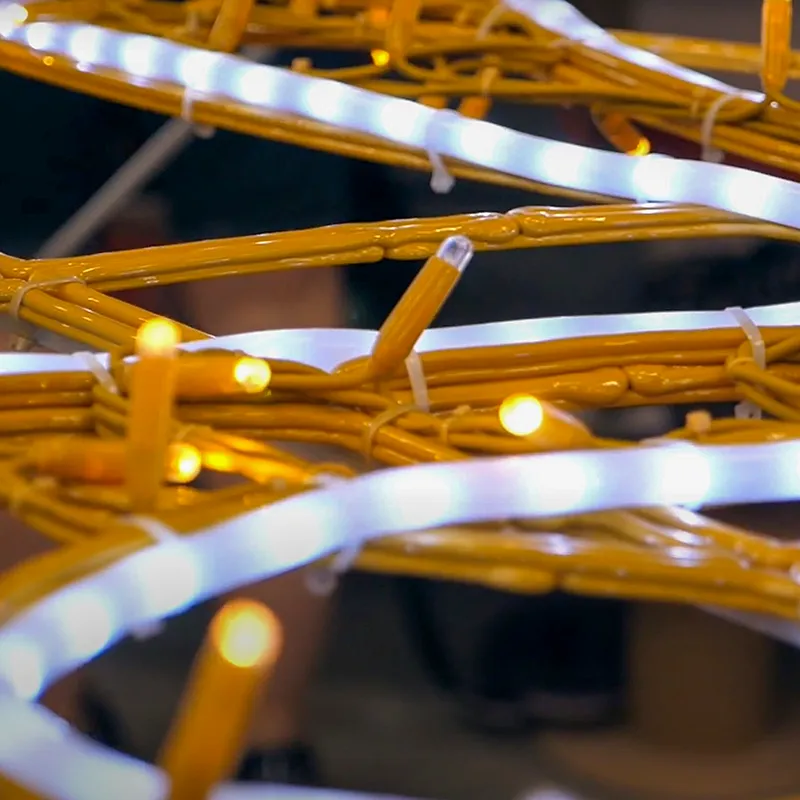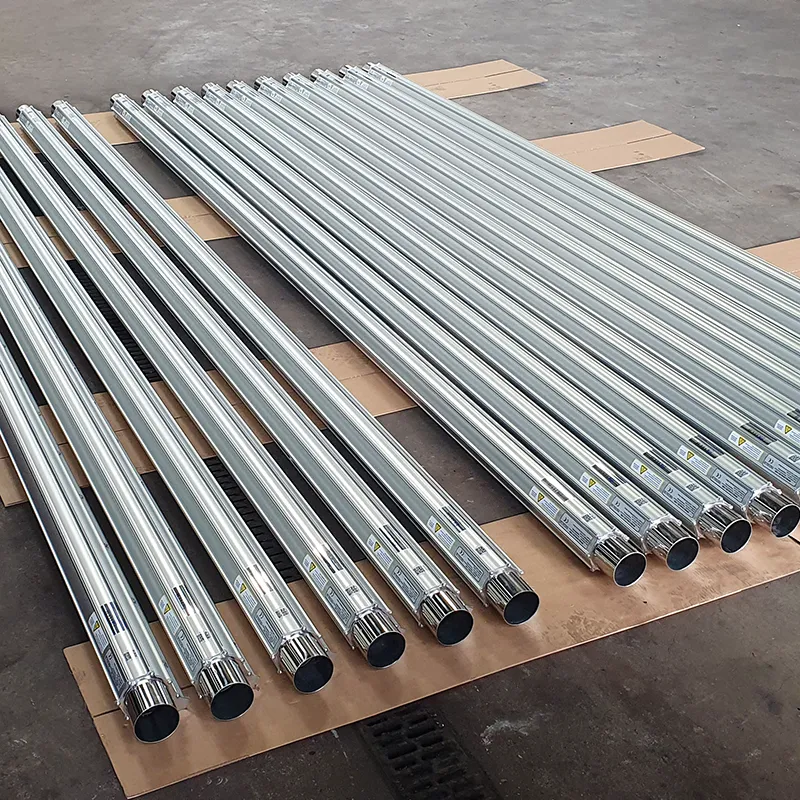E&A Projects
Engineering & Advice Projects
Application / Process Description / Request for Quotation:
An R&D Engineer shares the following production problem with Fiktech:
We manufacture plastic lighting decorations using large format 3D printing technology.


To develop the use of new plastics, we have to blow cooling air over a platform of 3m50 x 1m50. We currently do this by means of a fan system to which we have connected a slotted aluminum tube along its entire length. The cooling effect is not enough, so we look for an alternative solution. I attach a photo showing our production process. The aim is to shorten the cooling time in order to speed up production throughput and increase production capacity.
The company in question has been producing lighting ornaments for public spaces in several countries for 45 years. Traditionally, these ornaments are constructed from aluminum bar and tube material. This production method is expensive and time-consuming on the one hand and harmful to the environment on the other. For these reasons, after much research and a substantial investment, the company has largely switched to a highly innovative production concept: Bioprint. The plastic granulate required for this comes from a bio-based sugar cane without GMO, which is then converted into dehydrated bioethanol in a French laboratory. When the granulate arrives at the workshop, it is dyed with clean dyes and this material is then treated with robotic printers sprayed onto a flat table to produce recyclable, biodegradable and colored structures. This process generates no production waste and allows full recyclability of the structure at the end of its life. With this new material, more than 80% of the aluminum is reduced compared to the traditional production method! This has a significant positive impact on the company’s environmental footprint.
Considerations / Initial Advice:
The required cooling air flow rate is too low, a tube with only one slot also gives a lot of turbulence and no directed airflow. Therefore, it is strongly recommended to use a correctly constructed air knife.
Due to the relatively large length, I advise you to opt for a low-pressure air knife. With this choice you save on energy costs compared to using an air knife driven by compressed air.
Based on the heat calculations we have carried out, we advise you to use a cooling air flow rate of approx. 1,000 m3/hr per table.
With the process data and heat calculations as starting points, Fiktech has issued a budget quotation by e-mail.
Customer questions / consultation phase:
- Do you think that the recommended solution / airflow will also cool the plastic sprayed 1,500mm from the air gap on the production table?
- Is the side channel fan equipped with a system to adjust the airflow speed?
- Is it possible to test your equipment before purchasing? Or with a “rental” system to make sure the equipment meets our needs?
- What is the sound output of the side channel blower?
After answering the questions by E-mail, a test set consisting of a small side channel blower and AFAK18Al air knife with a length of 458 mm was offered to verify the calculations performed. The experiments carried out turned out to be very successful.
Supplied solution:
- 20 pieces Fiktech AFAK134AlDI (length 3,400 mm) Air knives with two-sided connection.
- Side channel blowers & accessories. The lighting company is ready for an even more productive future.

